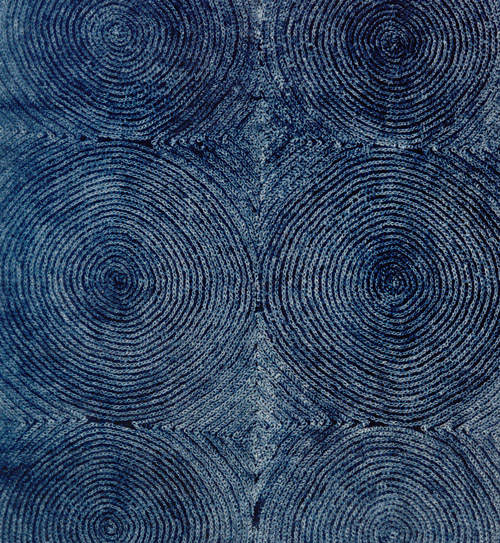

In Africa, indigo is worn in garments and used in furnishings across many parts of the continent. In Nigeria, Yoruba dyers completely transformed the British white cotton shirting, which was sent during their colonization of the country in the late 19th century. Yoruba women decided to make use of this factory-woven cloth, and turned to indigo to color it. They devised a way to make the cloth vibrant starting in the 1930s, using resist processes. Some use a stitch resist that is very similar to the Japanese method, and some use a paste.
